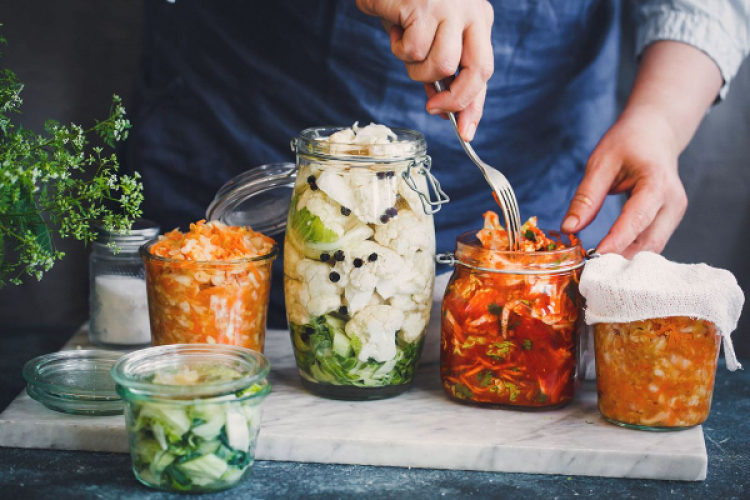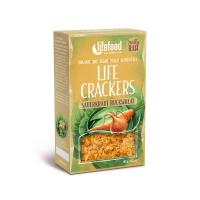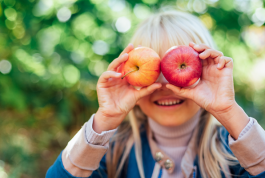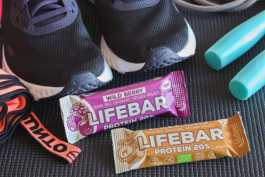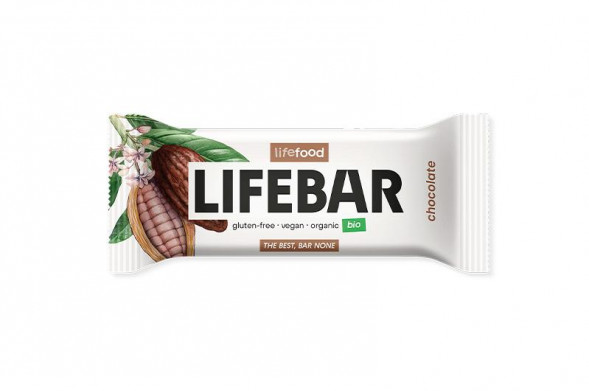If you think of the word "fermentation", you may be thinking of your grandparents, and of the work that this process involves. But you start to hear it again here and there and notice that people are starting to ferment foods again. We'll tell you everything about fermentation and show you how to make delicious beetroot with horseradish, among other things, quick and easy to keep during winter.
What is fermentation?
Fermentation has three main advantages for us. Fermenting means nothing more than preserving food and making it more digestible for us at the same time. Sauerkraut, in particular, is one of the most popular fermented foods. But as a third reason, we would like to mention the nutrient density: Fermented foods usually have a higher nutrient content than non-fermented foods.
To preserve sauerkraut and other foods, they are placed in a container and covered with a layer of salt. This step allows lactic acid to form and then ferment. Bad bacteria, on the other hand, cannot spread in this environment. In addition, the nutrient content is maintained for weeks and months.
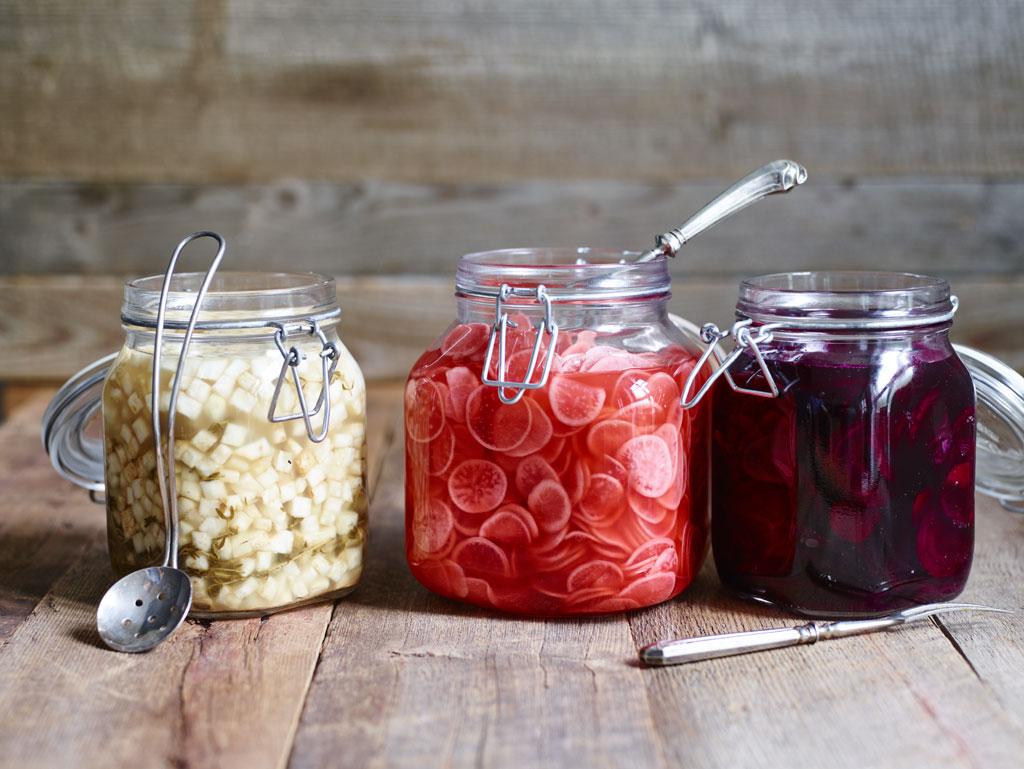
Why do I need to give fermentation a go?
For many, this is an effort that seems redundant. Fermented foods won’t replace fresh produce and it’s good to be able to rely on supermarkets for it during the cold season. If you have a garden though, you can use fermentation in order to preserve your very own homegrown veggies to enjoy them later in the year.
But fermentation can do so much more. The lactic acid bacteria that are produced during this process help keep our intestines healthy and thus also our immune system. A good immune system and active immune cells ward off diseases and thus ensure optimal health.
About 70% of these immune cells are located in our intestines. A high vitamin content from our diet additionally helps to keep pathogens away from our body and also boost our immune system.
In the shipping industry in particular, fermented food was vastly used. It meant that even during the winter season when many of the healthy vegetables no longer grow, the sailors could enjoy vitamin-rich foods. Food was preserved with a few simple steps and could thus be consumed for months.
Fermentation at home made easy
Preserving foods is not as difficult as you might think. All you need are different preserving jars, the vegetables of your choice, fine salt and some brine. The jars should be sterilised in boiling water before use to ensure cleanliness and for a long shelf life.
Once your jars are sterilised, the next steps are simple. Simply select one of your favourite vegetables and cut into small cubes or strips - you can also grate them and mix different vegetables together.
- Then put the vegetables in a bowl and squeeze or press them firmly so that the juice escapes - in the past, sauerkraut was stomped with the feet.
- The vegetables (together with their juice) can then be placed in the preserving jar of your choice. The container should not be filled completely (because of the gas development), but the vegetables should be pressed in well so that there is little or no oxygen.
- Now fill the container with water so that all the vegetables are covered. Then you can add salt and spices - usually about 1 teaspoon of salt is enough.
- Now you should put the container in a dark place, at approx. 15-18 degrees.
- Then you have to wait for about a week. There is a simple rule: The longer you let the vegetables ferment, the more intense the taste - 3 to 6 weeks are optimal.
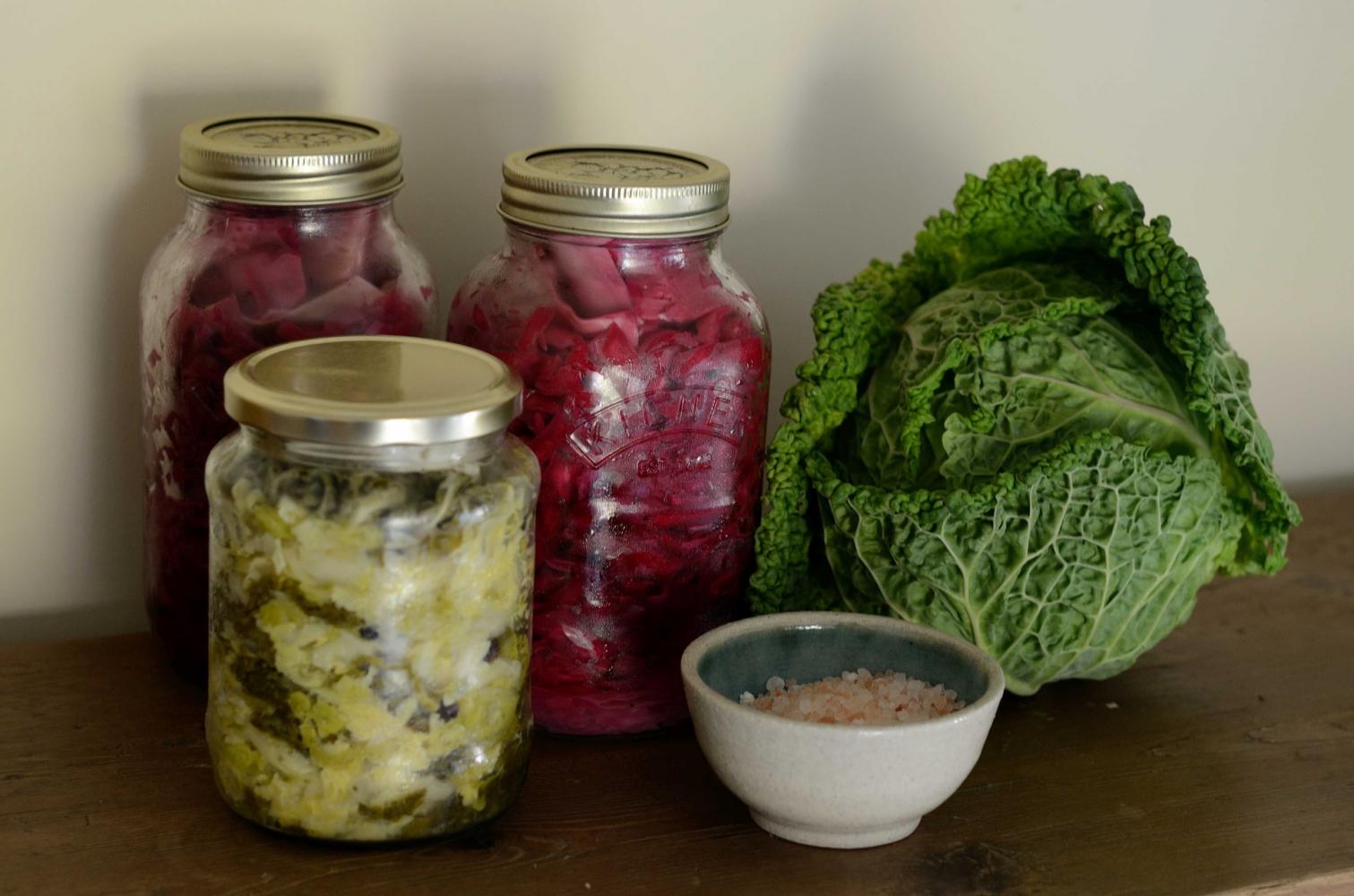
Fermented beetroot with horseradish
If you would really like to try it out at home, we have a delicious and simple recipe for you. The preparation time is just 20 minutes - but the fermentation takes about 3 weeks.
800 grams beetroot
100 grams horseradish root
20 grams unrefined fine salt
1 litre brine (consisting of 1 litre water and 25 grams salt - mix until the salt is dissolved)
-
As a first step, you should clean the beetroot, peel it and cut it into thin slices. Then repeat the same step with the horseradish root and cut into fine slices. Put them in a bowl with the 20 grams of salt and mix. Then put the mixture in the fridge overnight.
-
Pour the mixture with the juice into a sterile 1 litre glass jar of your choice and press the mixture firmly into it.
-
Add the brine to about 3 centimetres below the edge of the glass and then weigh down the vegetables. For this purpose, glass marbles can be used in addition to a stone previously sterilised in boiling water. The glass jar can then be closed and placed in an ovenproof dish. This is important because some of the brine can escape from the glass jar during fermentation. Then store the finished glass in a dark place at room temperature.
The fermentation process starts just a few days later. From here the vegetables must still be stored in a dark place for about 2 to 3 weeks and can then be put into the refrigerator to finish the fermentation. Always make sure that the beetroot is covered with sufficient brine at all times to ensure long shelf life.
With this recipe, you can quickly and easily preserve a wide variety of vegetables and consume them months later.
Which foods are suitable for fermentation?
There are almost no limits to the choice of vegetables to ferment. In addition to beetroot and horseradish root, you can also use ginger, garlic, cabbage, carrots, cauliflower, Chinese cabbage (kimchi) and much more. In general, it can be said that every type of vegetable is suitable for fermentation - but depending on taste, firm varieties are more suitable. Soft vegetables, such as tomatoes, could become mushy due to the high liquid content. If you don't mind this, you can, of course, preserve them and benefit from their positive properties and high vitamin content.

